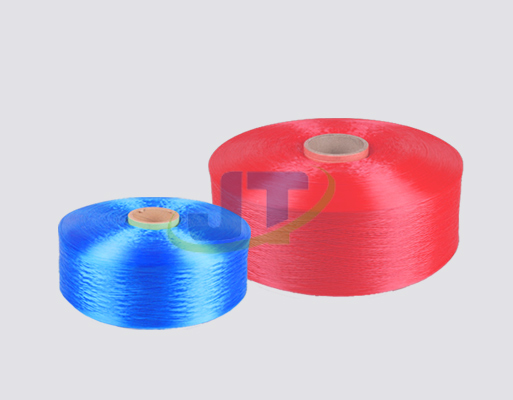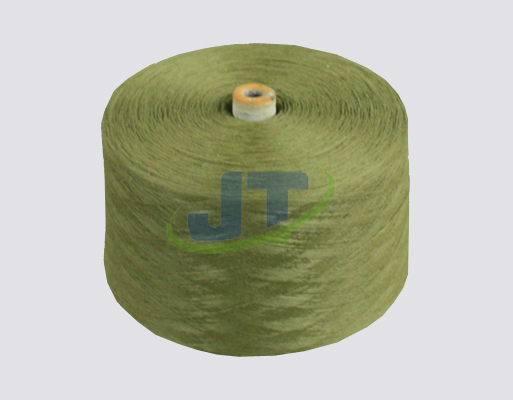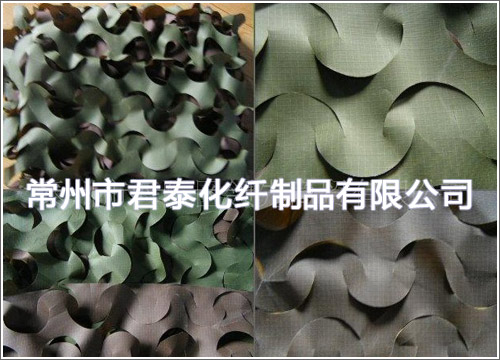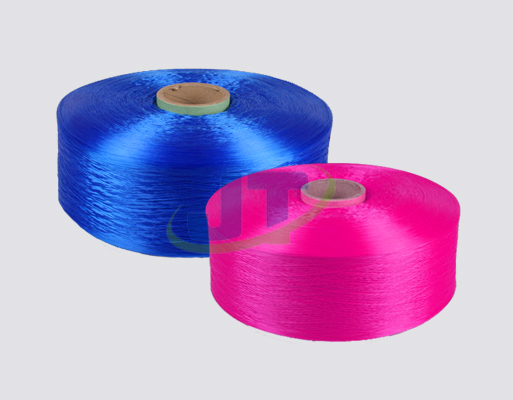

- Tel:0086-519-83783531
- cel:0086-13961177625
- E-mail:jianglijing1022@126.com
- add:cheng zhang Jia zeTown Wujin District, Changzhou City, Jiangsu Province
Since 2022, affected by factors such as the new round of epidemic and the upgrading of the situation in Russia and Ukraine, the global imbalance of supply and demand has been intensified. The violent fluctuations in the price of commodities have caused continuous turbulence of inflation and the continuous turbulence of the financial market. Drag the prospects of global economic and trade growth. In April, J.P. Morgan Global Manufacturing Purchasing Manager Index (PMI) was 52.2. Although it was located in the expansion range, it was affected by factors such as global export orders shrinking and increasing downward pressure on China's economy. ; OECD consumer confidence index is 97.3, which is in the contraction range for 9 consecutive months. The epidemic rebound and the supply chain impact to suppress the global commodity trade recovery momentum. The World Trade Organization (WTO) The global cargo trade barometer index in the first quarter was only 98.7, which continued the contraction trend below the trend level since the fourth quarter of 2021. The price of international commodities has risen rapidly since March, and the risk of global economic stagnation has increased. The inflation rate of major economies such as the United States and the European Union has reached a new high in 40 years.
The textile industry has entered a low -speed growth range, and the growth rate of the growth rate of major economic operations except investment is generally declined compared to the same period of the previous year. In the context of the slowdown of macroeconomic growth and the continuous distribution of the epidemic, the consumption demand for textile and apparel products is relatively low, and the situation of the "Golden Three Silver Four" traditional peak season is weaker than the same period and expectations of previous years. Under the static management measures of the epidemic, the procurement of corporate raw materials, finished products and outlets, and normal production have been affected, and the phenomenon of export order loss and domestic sales order refund. Faced with the phased dilemma of "high cost, weak demand, high inventory", the rate of starting rate of major industrial chain links such as chemical fiber, spinning, weaving, and printing and dyeing has been reduced. It is manifested that the differentiation of differentiation between enterprises, between the industrial chain, and the sales channels is obvious, and some small and micro enterprises have become tense. China Textile Federation and some professional associations and Jiangsu Provincial Clothing Association conducted key investigations in a timely manner. According to the survey, key industrial clusters and enterprises currently have basically returned to normal production. The textile and apparel professional market has resumed commercial and resumed markets. Most of the regions have smooth logistics, but the high transportation costs have further increased the pressure on the business of enterprises, and the pressure of the terminal of the industrial chain terminal is even more prominent.
In the second half of the year, the complicated domestic and foreign situation increased the development pressure of the textile industry, and companies generally reduced development expectations. The dim economic prospects, the epidemic situation that has not been effectively controlled, and the continuous geopolitical crisis will reduce the actual purchasing power and consumption willingness of the residents. The growth of sales and foreign sales in the textile industry is facing more constraints. Weak market demand is difficult to support industry companies. Resolve higher pressures, transportation, and labor cost pressure. Textile companies need to actively use a series of my country's series of helping companies to relieve rescue measures and loose monetary policies, continue to promote product, equipment, and process transformation and upgrading, tap consumption hotspots, and stabilize the stacking period of supply and demand.
- Analysis of the Production Proce
- The global oil trade is shifting
- Let's take a look at the diversi
- China is directly facing the imp
- What are the core advantages of
- In November, the decline in Chin
- What is the value of Polypropyle
- The 2025 Textile Industry Discip
- The core performance advantages
- Black Friday is becoming a perfo




